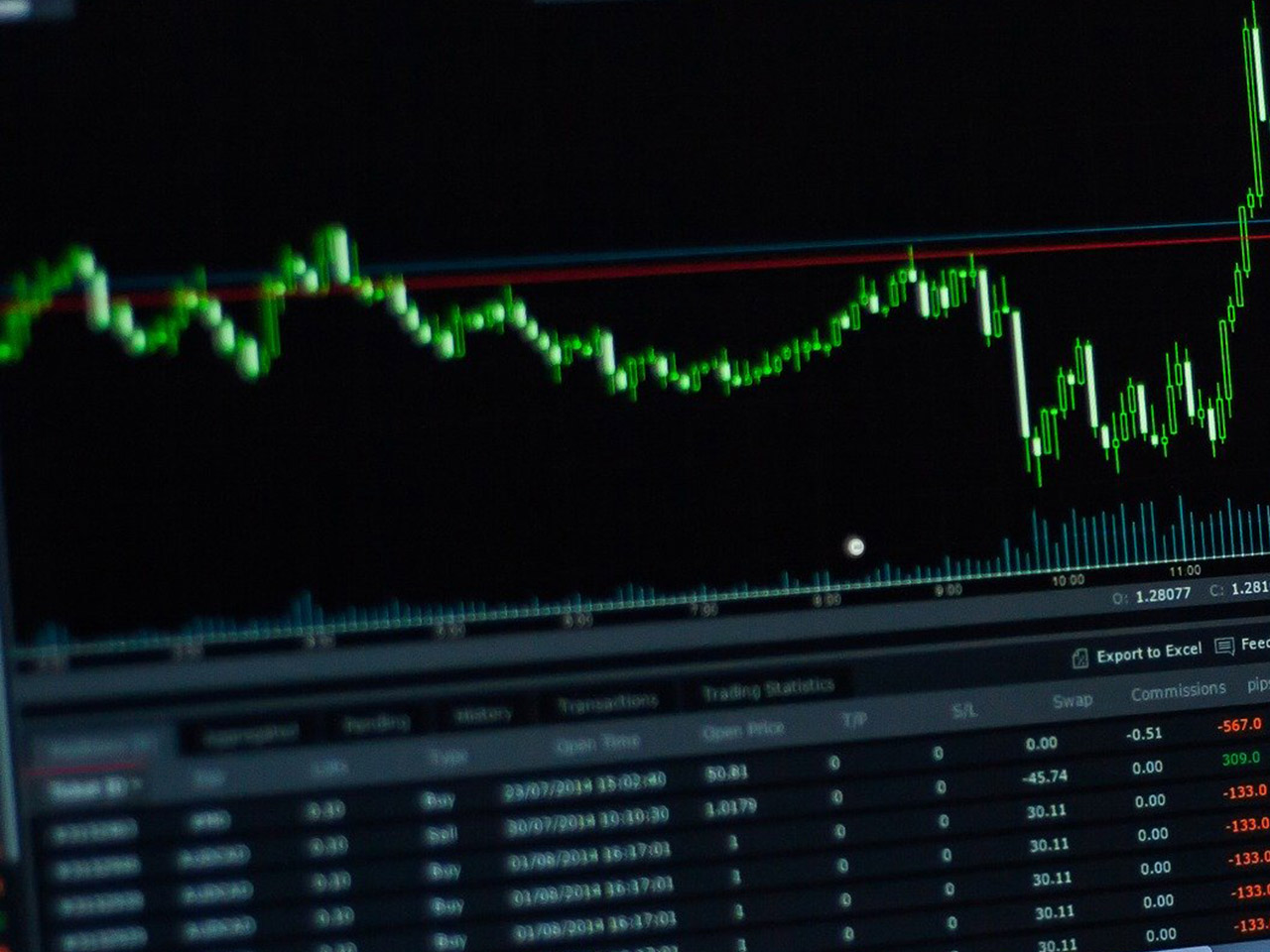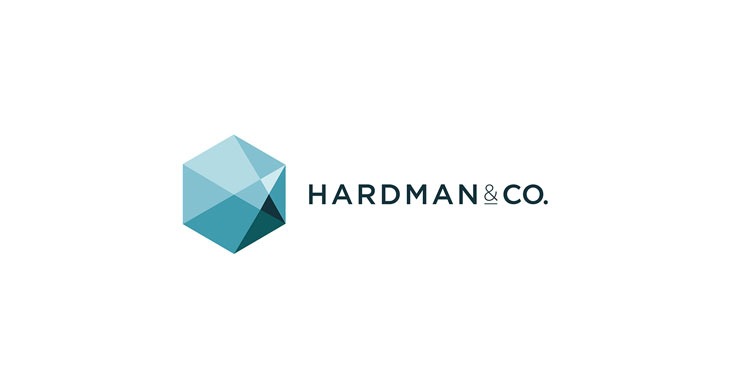Ashmore Group PLC (ASHM.L), a stalwart in the asset management sector, commands attention with its significant presence in the financial services industry. Based in London, Ashmore specialises in managing investments for both retail and institutional clients, with a keen focus on equity and fixed income portfolios in emerging markets. This strategic focus is crucial for investors looking to understand the company’s current market positioning and future potential.
The company’s market capitalisation stands at $1.12 billion, reflecting its substantial footprint in the asset management industry. Currently, Ashmore’s stock is trading at 170.2 GBp, slightly above the 50-day moving average of 154.73 GBp, yet under the 200-day moving average of 164.01 GBp. This suggests a recent upward momentum, though the relative strength index (RSI) of 35.93 indicates the stock is nearing oversold territory, a factor for technical analysts to consider when evaluating potential entry points.
Ashmore’s price movement over the past year has been within a 52-week range of 125.10 to 218.40 GBp. This volatility is a testament to the broader market dynamics affecting emerging markets and the asset management industry at large. The company’s forward P/E ratio of 2,240.36 may raise eyebrows, as it suggests extremely high future earnings expectations relative to current earnings. It is worth noting, however, that other valuation metrics such as PEG, Price/Book, and Price/Sales ratios are unavailable, which presents a challenge for traditional valuation analysis.
Performance metrics offer a mixed picture. The company reported revenue growth of 7.40%, a healthy sign of its ability to generate business despite market challenges. However, specific figures for net income remain undisclosed, which could be a point of concern or a topic for further investigation by potential investors. The earnings per share (EPS) stands at 0.11, and the return on equity (ROE) is a respectable 10.89%, indicating efficient use of shareholder equity.
One of Ashmore’s most compelling investment propositions is its dividend yield of 10.80%. This high yield might attract income-focused investors, although the payout ratio of 161.88% suggests that the dividends are not currently covered by earnings. This could imply potential adjustments in future dividend policies or highlight the company’s confidence in its cash flow prospects.
Analyst sentiment towards Ashmore is cautious. With two buy ratings, six hold ratings, and three sell ratings, the consensus target price range is from 115.00 to 240.00 GBp, averaging at 146.27 GBp. This average target reflects a potential downside of 14.06% from the current price, urging investors to weigh the risks against potential returns carefully.
For those focusing on technical indicators, the MACD of 3.68, above the signal line of 2.47, may indicate a bullish signal. However, potential investors should remain vigilant about external market conditions impacting emerging markets, which could, in turn, affect Ashmore’s performance.
Ashmore Group’s strategy of investing in emerging markets positions it uniquely in global finance, providing opportunities and challenges alike. Investors should consider both the substantial dividend yield and the inherent market risks when evaluating Ashmore’s potential in their portfolios. As always, a diversified approach and thorough analysis of macroeconomic factors affecting emerging markets are recommended for those interested in this asset management giant.





































